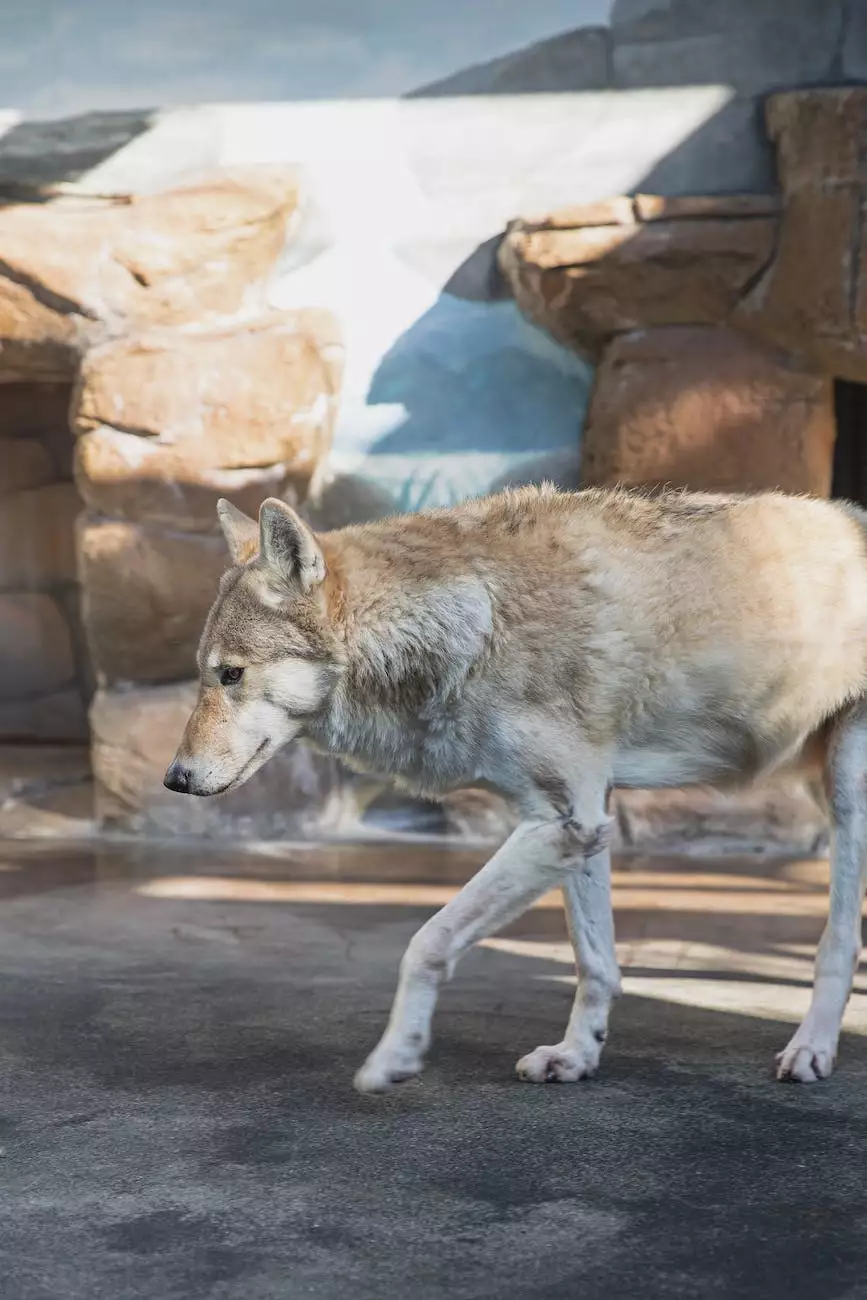What Goes into Building an Animal Environment

Introduction
Welcome to Aventuras Naturales' page on animal architecture! In this article, we will dive deep into the incredible world of animal construction and explore the intricate process that goes into building an animal's environment.
The Importance of Animal Architecture
Animal architecture plays a crucial role in the survival and well-being of various species. It involves the creation of intricate structures such as nests, burrows, webs, and dams that provide animals with shelter, protection, and suitable conditions for reproduction and raising their young.
Diverse Architectural Techniques
Across the animal kingdom, different species employ a wide range of architectural techniques. Some animals, like bees, construct intricate hives using beeswax, while others, like birds, build nests using various natural materials such as twigs, leaves, and mud.
Bird Nests
Bird nests come in a fascinating array of designs. From the meticulously woven hanging nests of weaver birds to the elaborately structured mud nests of swallows, each design suits the unique needs of the bird species.
Ant Hills
Ants are known for their impressive architecture, creating elaborate underground networks through excavation. They build sprawling ant hills that house several interconnected chambers, tunnels, and ventilation systems, allowing for efficient colony organization and communication.
Environmental Adaptation
Animal architects adapt their constructions to environmental conditions, ensuring their structures are suitable for survival in diverse habitats. Termites, for instance, construct towering mounds equipped with temperature regulation systems to withstand extreme climates.
Intelligent Design and Evolution
The complexity and precision of animal architecture highlight the intelligence of these creatures. Through generations of trial and error, natural selection has favored the evolution of structural designs that optimize survival and reproduction.
Ecological Impacts
Animal construction projects often have far-reaching ecological impacts. Beaver dams, for example, create wetlands that serve as habitats for numerous species of plants and animals. The architecture of animals can significantly shape ecosystems, creating opportunities for biodiversity and ecosystem balance.
Conservation and Preservation
Understanding animal architecture and its importance in ecosystem functioning is crucial for conservation efforts. By protecting habitats and promoting sustainable practices, we can ensure the preservation of these natural wonders.
Conclusion
In conclusion, animal architecture is a remarkable feat that showcases the ingenuity and adaptability of the natural world. Aventuras Naturales invites you to explore the wonders of animal construction through our immersive travel and tourism experiences. Join us on an adventure like no other and witness the incredible architectural marvels wildlife has to offer!




